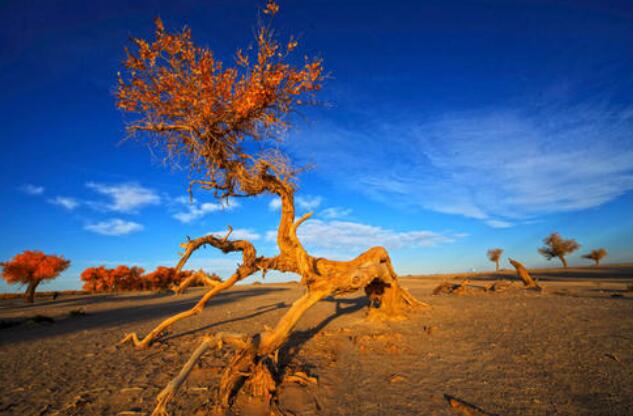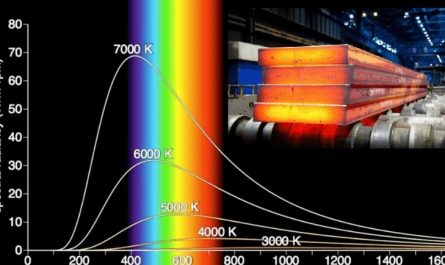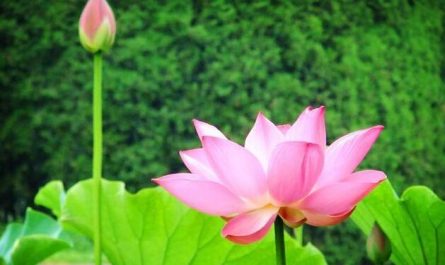Populus trees generally grow on both banks of rivers in the desert. The huge forest of Populus euphratica is like a forest belt in the desert. These Populus euphratica forests have greatly protected rivers and canals, and have also provided living places for many birds and animals. The large tracts of Populus euphratica are connected together to act as a natural barrier, reducing wind speed and at the same time suppressing quicksand. Populus euphratica is the only deciduous tree that survives in the desert. How does Populus euphratica survive in a desert with little rainfall and a hot climate?
Populus euphratica is called the hero tree of the desert by many people. How did this peculiar growth law form? Populus euphratica has strong vitality and can survive at minus 40 degrees Celsius and 45 degrees Celsius. It is extremely resistant to high temperatures and cold, drought, and suitable for growing in sandy soil. Drought tolerance in the desert is not the key point. The key is that Populus has the ability to tolerate salt and alkali.
When the Populus euphratica was a seedling, its leaves were as long as willow leaves. When it grows up, the leaves will grow round leaves like poplars. The strange thing is that both types of leaves exist on one tree. The leaves and branches of Populus euphratica can excrete the excess salinity absorbed by the root system, forming a substance known as “Hutong Tears” or “Hutongine” to reduce the harm of salinity to itself.
The root system of Populus euphratica is particularly developed, and it can pierce down to a depth of 20 meters underground to absorb nutrients and water, and the lateral roots can grow up to tens of meters away. The roots of Populus euphratica trees also have special functions. When the surrounding soil moisture is appropriate, the root tillers will reproduce faster. A healthy adult Populus euphratica tree will grow many secondary forests around it. The root system of Populus euphratica tree guarantees moisture, and its silver-white bark can also reflect sunlight. The leaves of Populus euphratica have a layer of wax, which can reflect sunlight on the one hand, and lock in as much water as possible to reduce water loss. When Populus euphratica trees age, in order to survive, they often buckle at the top and lower their vitality to a height of four to five meters. This tenacious vitality has also convinced many people.






